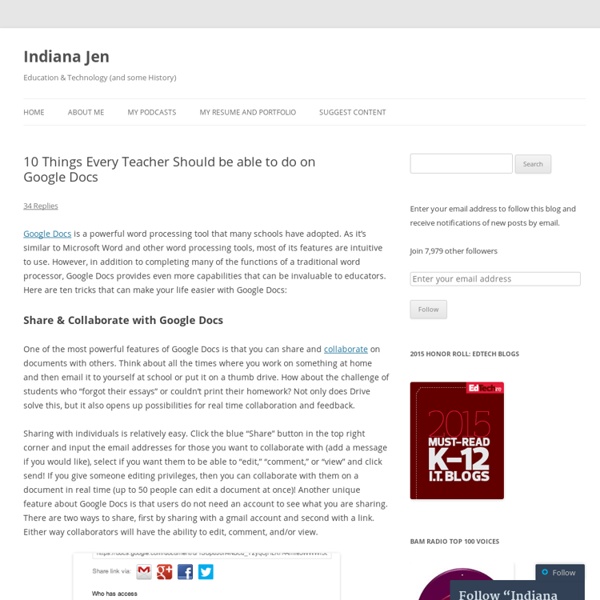10 Things Every Teacher Should be able to do on Google Docs

LinkedIn Social Network Visualization, Analysis, and Education
Putting the Personal in Personal Statements: Tips from a NSF-GFRP Fellow | SHA Blog
By Mia Carey Before my maternal grandmother suddenly passed of congestive heart failure in the early 1990s, our family would gather every Friday night to play cards and cook, while some members drank and told stories of the old days. My grandmother was the matriarch of the family, and I believe it was her cooking that kept our family as close-knit as it was. Before I explain it, you should probably know that I am a historical zooarchaeologist. I opened with this particular snippet of my personal statement for two reasons: (1) I put the personal in personal statement and (2) I deviated from the same cookie cutter response to why and when I became interested in archaeology. I know that most people can’t relate their research interests with such an intimate part of their lives, but it helps. My point in all this: Make your personal statement stand out and make it personal. Further tips: Do not share something that you are uncomfortable with letting people in on.
How to Land Freelance Work with Social Media
Despite what you may think, you do not have to be a popular, hilarious, or uber-charismatic person to maintain a positive, useful social media presence. Here are a few tips for how to get there. We talk about different social media platforms below, but you do not have to be (and probably should not) be on all of these. That would be exhausting. Here's the bottom line to getting clients across platforms: Be a resource, not a salesperson. Deceptively simple! Facebook First, you have to make the decision of whether you want to use your personal Facebook profile to market yourself or create a separate page for your business. If you’re confused on the terminology, a profile is your personal Facebook profile. If your business is just you, as it is for most freelancers, it may make sense to use your personal profile as your Facebook presence. The pros of having a public profile: The pros of having a separate page for your business: Who’s it good for? The Do’s: The Don’ts: Twitter Who’s it good for?
Related:
Related:



